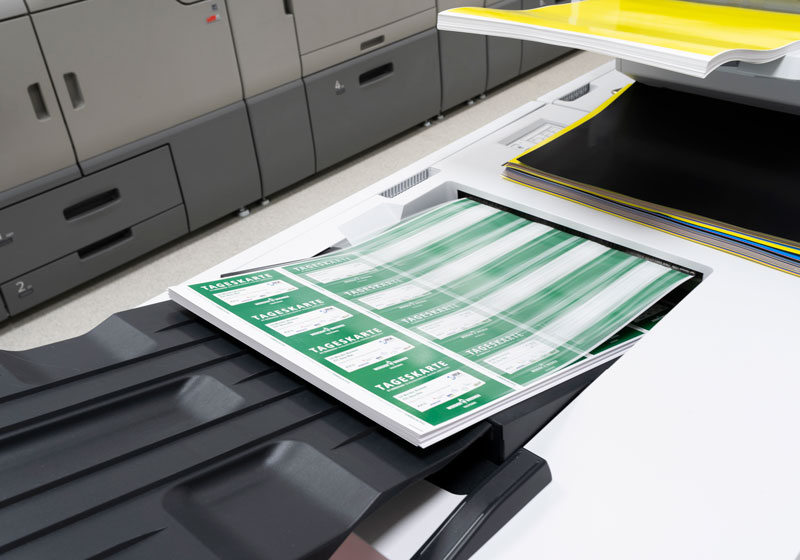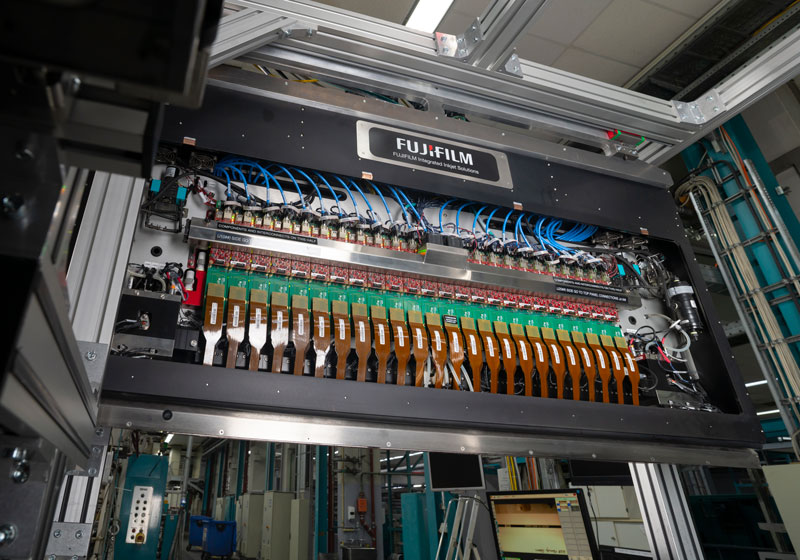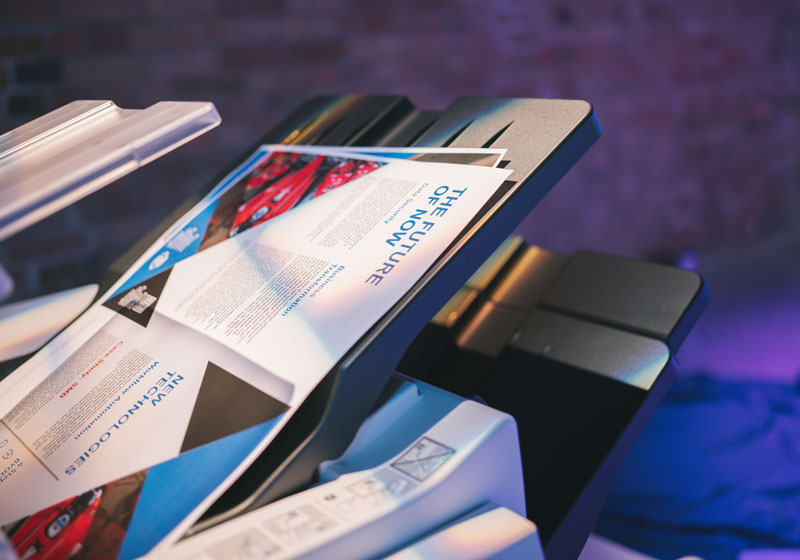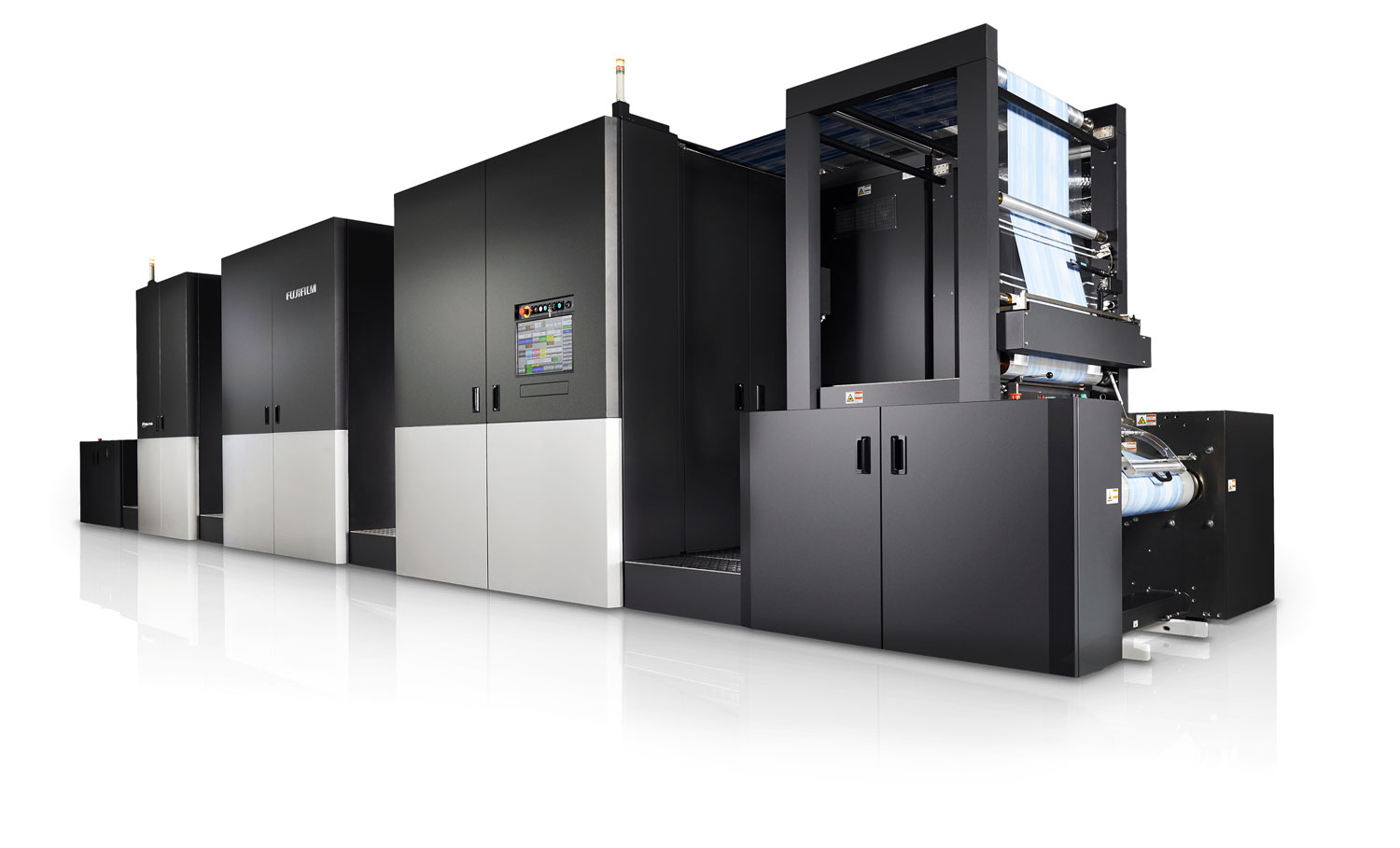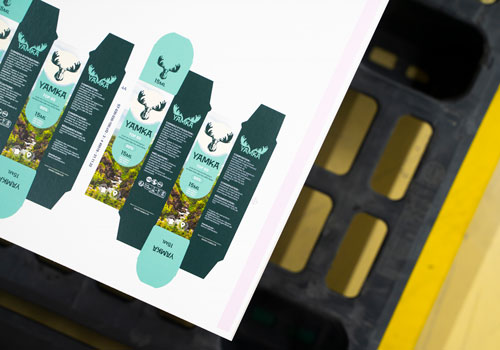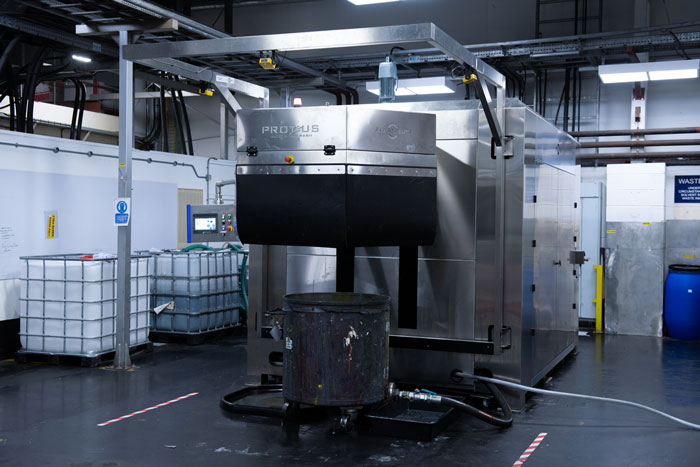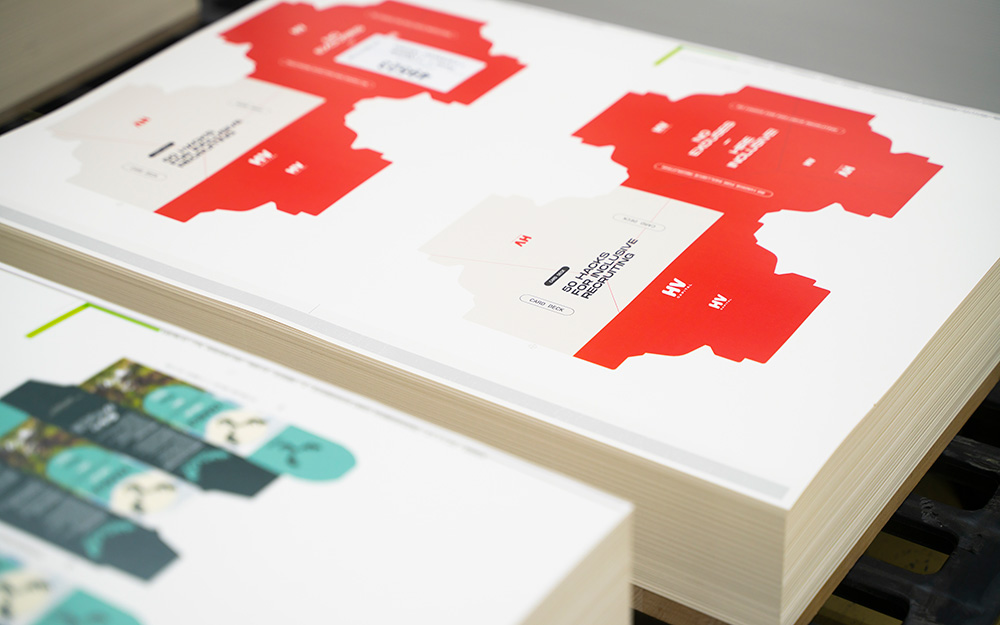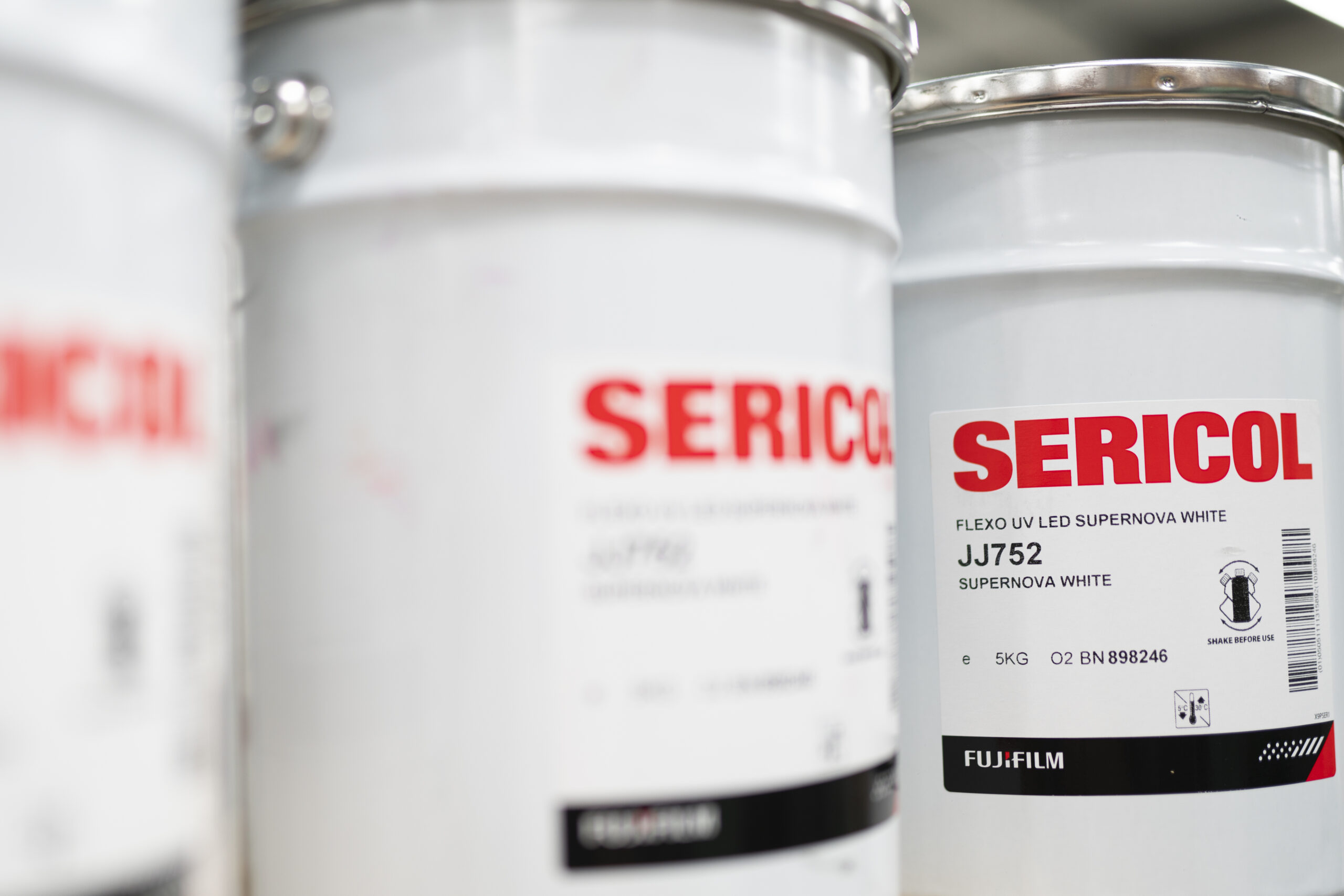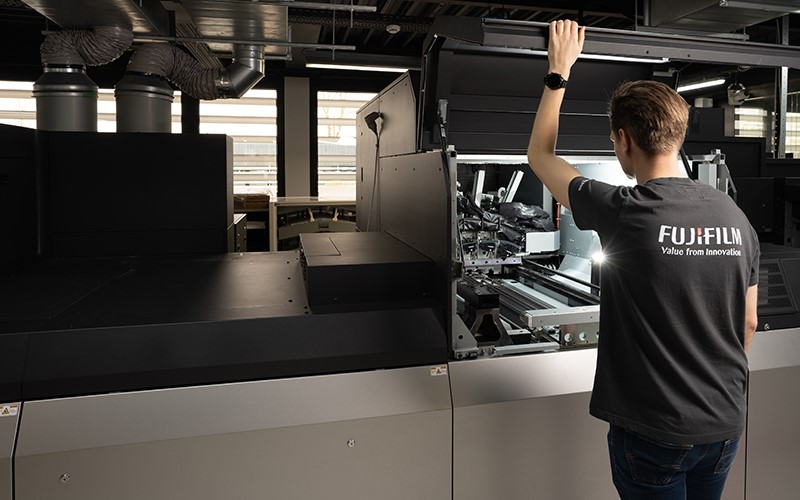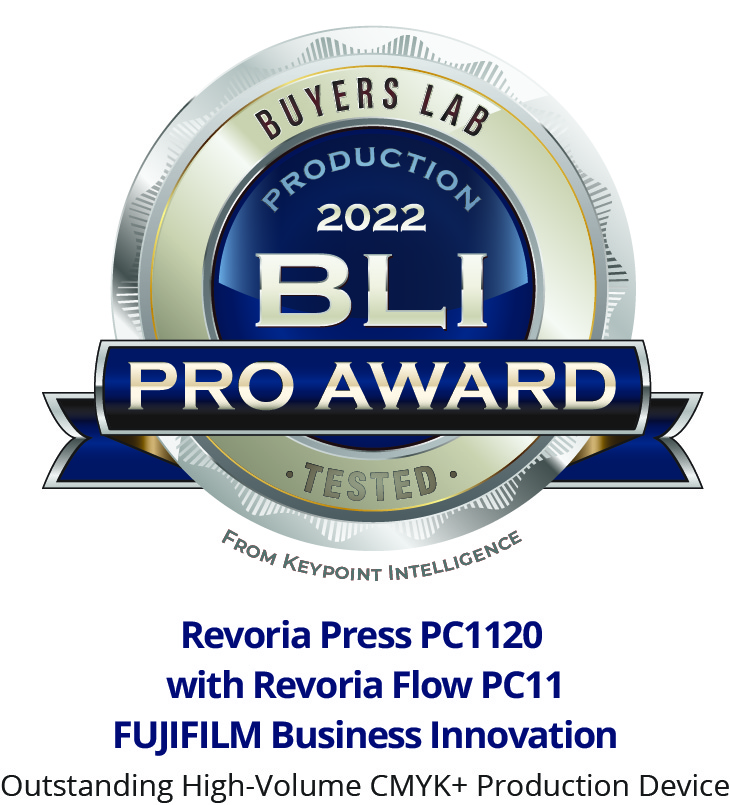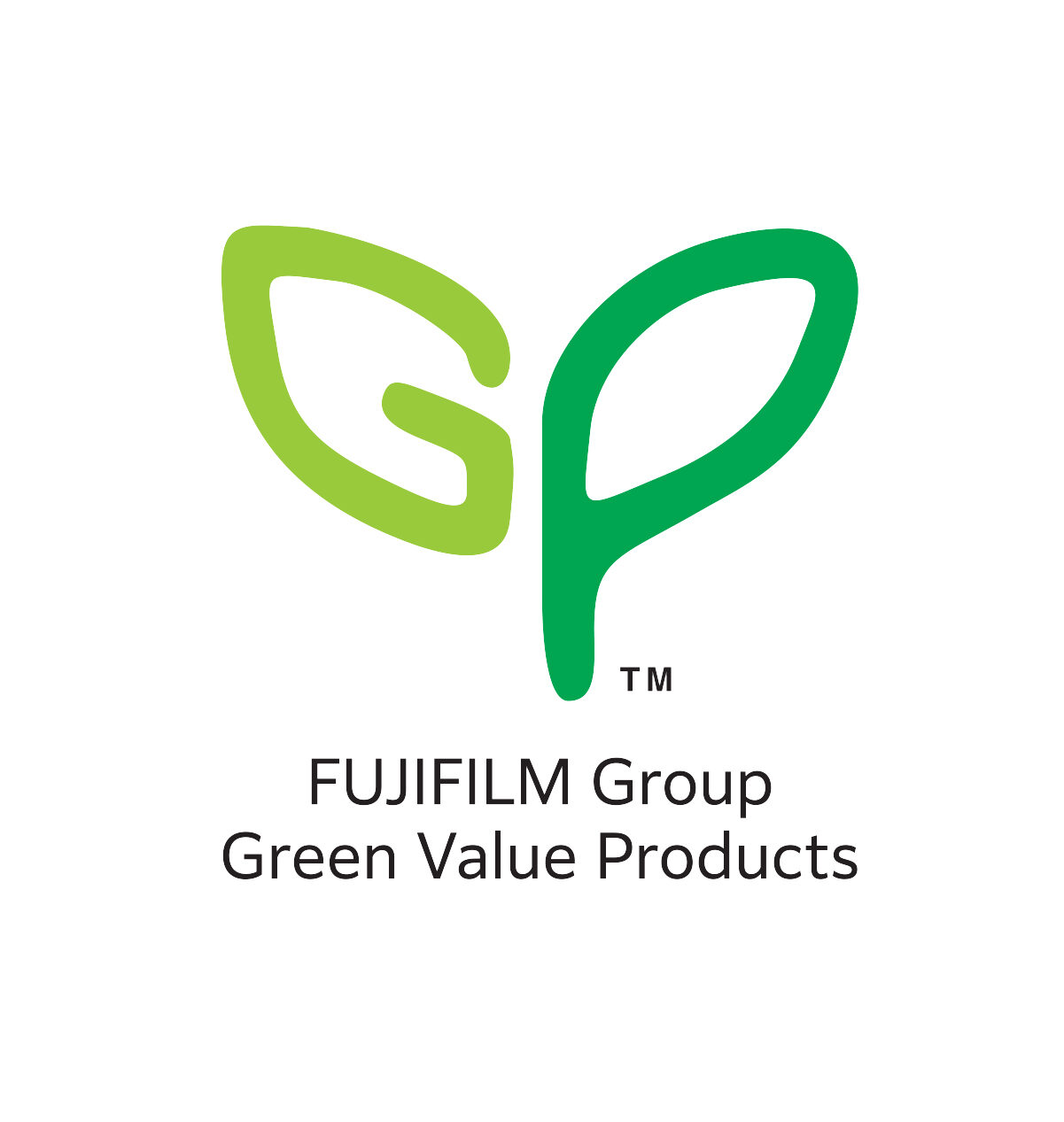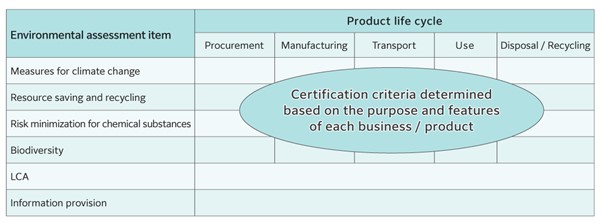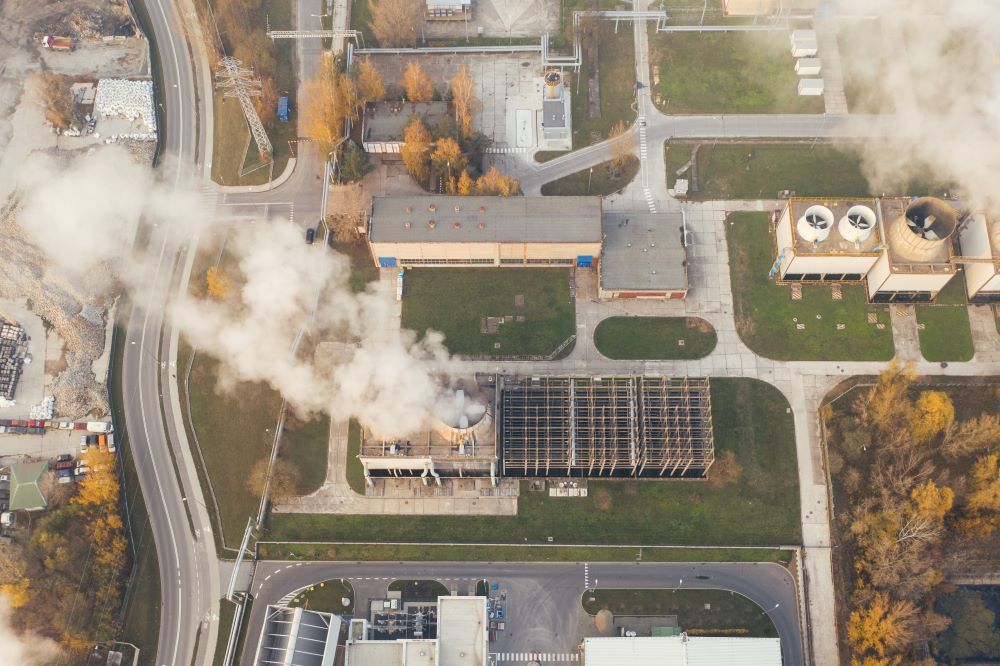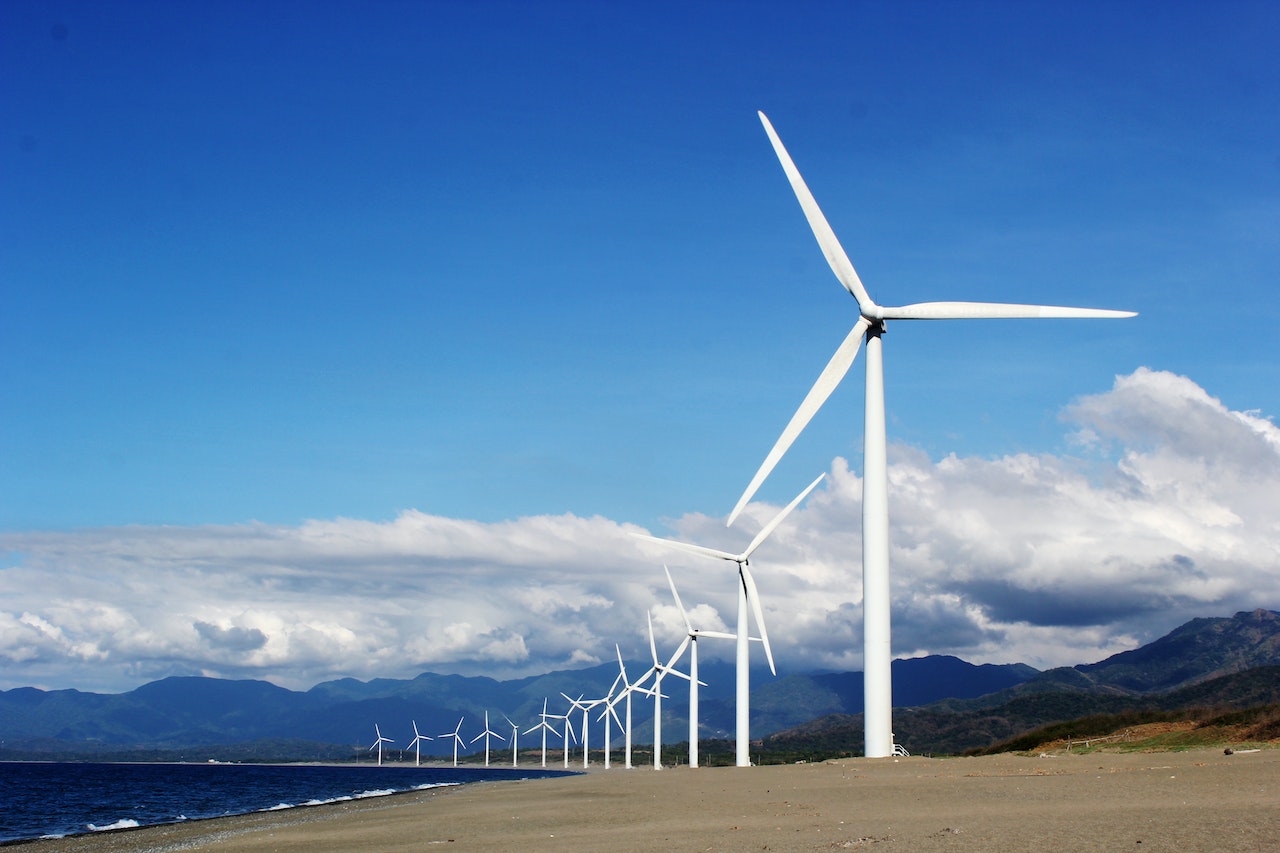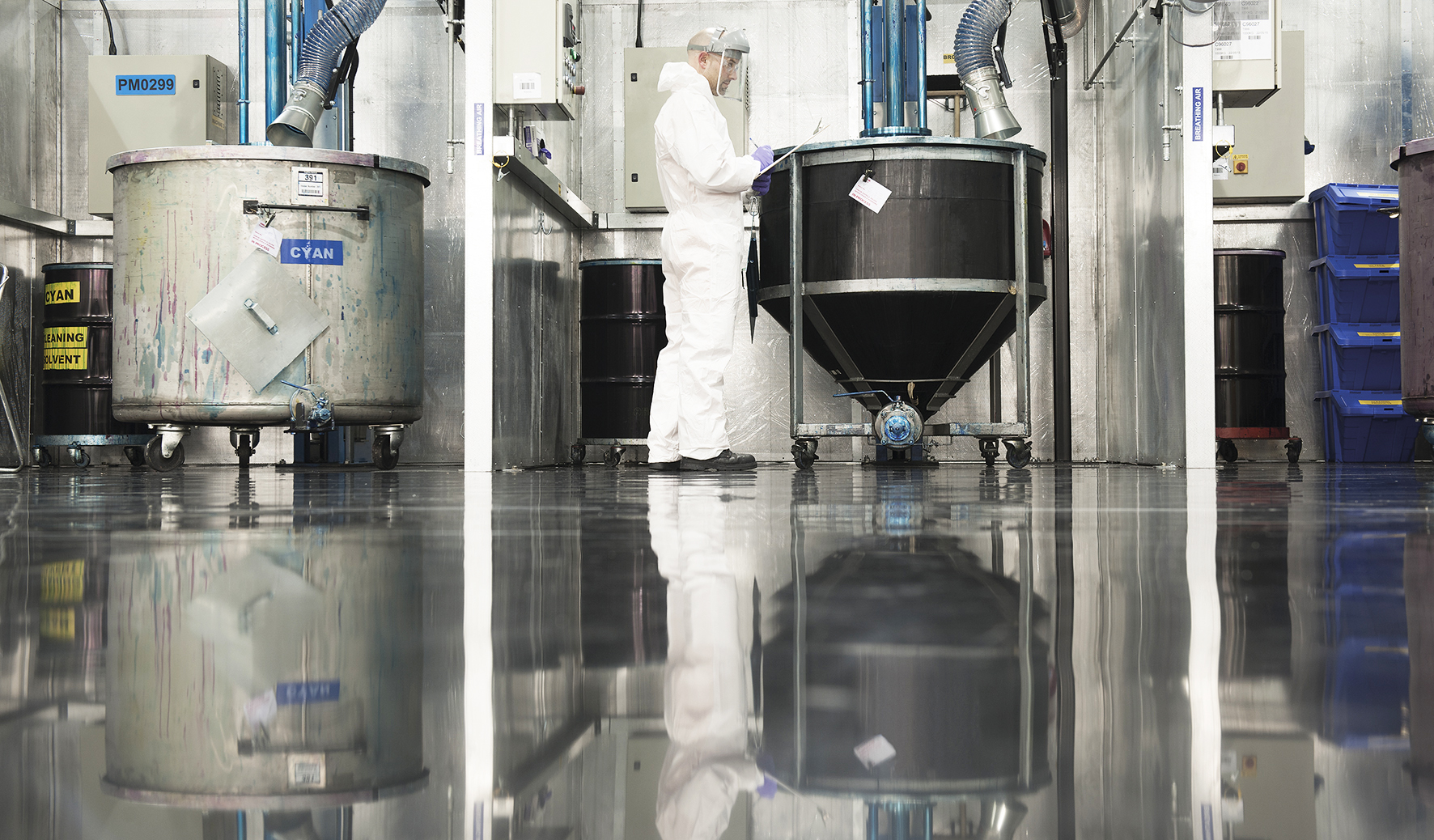Leggi l'articolo
Momento della lettura: 6 minutes
Per un mercato della segnaletica e degli espositori in rapido cambiamento occorrono soluzioni flessibili che consentano di tenere il passo delle mutevoli richieste. Si cerca costantemente di migliorare la velocità e la qualità, ma questi aspetti diventano sempre più marginali; le opportunità per differenziarsi veramente stanno nella versatilità e nel rapporto qualità-prezzo.
Il passaggio verso la richiesta di una maggiore versatilità è in parte dovuto alla pandemia da Covid: i fornitori di servizi di stampa, soprattutto quelli molto specializzati, sono stati costretti ad adattarsi e a investire in nuovi tipi di tecnologie, per soddisfare nuovi mercati con una gamma di applicazioni più diversificata.
Una delle risposte del mercato a questo passaggio è stato un notevole aumento dell’interesse nei confronti delle stampanti ibride e degli evidenti vantaggi garantiti in termini di flessibilità e versatilità. Quando nel 2021 ha completamente riprogettato e rilanciato la gamma di stampanti per il grande formato Acuity, Fujifilm è riuscita parzialmente a reagire proprio a questi cambiamenti del mercato. Le Acuity Ultra Hybrid LED e Acuity Prime Hybrid sono le prime testimonianze di questa strategia, che funziona esattamente come previsto.
Il presente articolo esamina in particolare la Acuity Prime Hybrid, approfondendo gli aspetti che la distinguono dalla concorrenza, offrendo alcune informazioni utili sulla sua autentica natura ibrida e sul suo posizionamento nel settore in evoluzione della stampa.

Autentica piattaforma ibrida
Cosa intendiamo con piattaforma ‘autenticamente ibrida'? Escludendo l’ovvietà – essere in grado di stampare su una vasta gamma di substrati sia rigidi che flessibili – cosa definisce una stampante ‘autenticamente ibrida’? Forse potremmo cominciare a rispondere alla domanda esaminando per prima cosa quello che non è. Non è una stampante flatbed con aggiunta una funzione a bobina e non è nemmeno una macchina roll-to-roll con un piano di stampa flatbed come opzionale. Questo genere di macchine ha una funzione specifica che però è valida solo in ambienti in cui tale funzionalità aggiuntiva serve solo occasionalmente. Nell’odierno mercato della stampa – in cui è di capitale importanza essere in grado di accettare e consegnare la gamma di lavori più ampia possibile – spesso queste stampanti ‘mezze ibride’ non sono più sufficienti.
Con un vero ibrido, si ottengono prestazioni eccezionali, sia che si stampi su supporti rigidi che su supporti a bobina, poiché la macchina è stata progettata tenendo conto di entrambi i tipi di supporti, piuttosto che di uno di essi come semplice accessorio. E se la qualità costruttiva della macchina è sufficientemente buona, le prestazioni eccezionali rimangono costanti anche su lavori molto lunghi, sia che si tratti di supporti a bobina che di supporti rigidi, offrendo la massima flessibilità.
Una macchina autenticamente ibrida schiude una gamma di possibilità per le aziende di stampa alla ricerca di opportunità di crescita. È in grado di produrre più lavori, più velocemente.
Design e struttura
La gamma Acuity di Fujifilm coniuga il pluripremiato design britannico con la garanzia di qualità e la meticolosità del processo di produzione tipicamente giapponesi. L’eccezionalità del design e della qualità di struttura è notevole in tutti gli aspetti delle prestazioni delle macchine, ma un’area particolarmente rilevante per la Acuity Prime Hybrid, che la caratterizza come eccellente esempio di “ibrida autentica”, è la capacità di gestione dei supporti. La qualità industriale della struttura della Acuity Prime Hybrid conferisce la capacità di gestire bobine fino a 100 kg, molto più di quanto possa fare una macchina flatbed modificata. In più, i supporti si spostano benissimo lungo il percorso e, di conseguenza, è possibile far eseguire lunghi lavori di stampa alla macchina con minimi interventi da parte dell’operatore.
Inchiostri di classe mondiale
In termini di inchiostri e polimerizzazione, la Acuity Prime Hybrid ha un altro vantaggio rispetto a molti prodotti della concorrenza. Gli inchiostri UV e a polimerizzazione UV LED a basso consumo energetico proprietari Fujifilm permettono alla Acuity Prime Hybrid di essere più veloce dei prodotti della concorrenza e, inoltre, di stampare su una gamma di substrati molto più ampia. La polimerizzazione a basso consumo energetico, infatti, comporta anche un minore calore e questo, di conseguenza, permette di utilizzare molto più facilmente i supporti sensibili e di stamparli a velocità maggiori rispetto al normale; questa procedura sarebbe impossibile con sistemi a polimerizzazione che richiedono un processo di asciugatura a temperature più elevate, per esempio se utilizzano lattice. Un minore calore comporta naturalmente anche un minor utilizzo di energia, il che a sua volta riduce i costi energetici e assicura vantaggi ambientali, oltre ai potenziali risparmi sui costi, senza ridurre l’output.
Importantissimo, gli inchiostri a getto d’inchiostro UV di Fujifilm sono certificati Greenguard Gold, e sono pertanto adatti a una vasta gamma di applicazioni per interni, tra cui i rivestimenti murali.
Autentica versatilità
La Acuity Prime Hybrid si distingue anche per la larghezza di stampa di 2,05 m, rispetto ai 160 cm standard di quasi tutte le altre macchine. Questa maggiore capacità non comporta un sovrapprezzo e la macchina, quindi, è la scelta ideale per le aziende che intendono esplorare nuovi orizzonti. La maggiore larghezza di stampa della macchina offre la libertà di stampare con efficienza bobine di varie dimensioni, oltre alla capacità di stampare più pannelli affiancati – riducendo la necessità di rifilare o ridimensionare gli articoli, con un conseguente risparmio di tempo e risorse. Questa versatilità apre le porte a tantissime applicazioni, dalle insegne per il settore ai robusti espositori per uso esterno.
In un’epoca in cui l’adattabilità è essenziale, la Acuity Prime Hybrid garantisce alle aziende di stampa la soluzione ideale per rimanere competitive e rispondere alla costante evoluzione del mercato.

Soluzione comprovata
La Acuity Prime Hybrid sta già dimostrando la propria efficacia nei concreti contesti di lavoro.
David Allen, amministratore delegato di Allen Signs, nel Regno Unito, è stato il primo al mondo a investire in questa macchina, nell’autunno 2023. Afferma che l’eccellente gestione dei supporti non solo distingue la stampante dai modelli concorrenti, ma permette di stampare in modo conveniente su substrati difficili, come i supporti metallici.
Allen dichiara: "Data la nostra familiarità con le piattaforme ibride, abbiamo visto in Acuity Prime Hybrid un'opportunità per esplorare ulteriormente il marchio Fujifilm. La stampante ci ha permesso di svolgere la nostra normale attività di produzione con problemi minimi e qualità e prestazioni dell'inchiostro eccellenti".
Matt Ryder, Print Specialist presso Allen Signs, aggiunge: “Abbiamo provato un lavoro sulla nuova macchina Fujifilm, ed è riuscito all’istante. Era perfetto. Per quanto riguarda i materiali, non ci siamo ancora imbattuti in un supporto che non funzioni".
Allen Signs è la prima di molte aziende in Europa e nel mondo che potrà usufruire del duplice vantaggio di questa macchina: ibrida autentica ed effettiva rivoluzione nella produzione di stampe di grande formato.
Acuity Prime Hybrid
Scopri la rivoluzionaria stampante ibrida per il grande formato adatta a una molteplicità di applicazioni creative.
Scopri Acuity Prime Hybrid